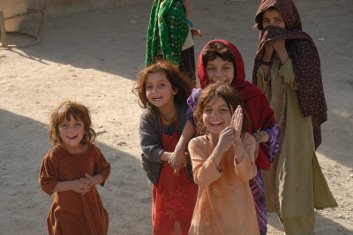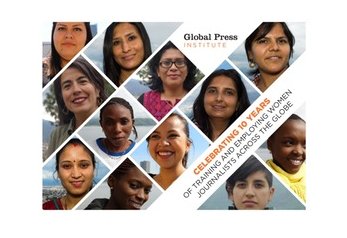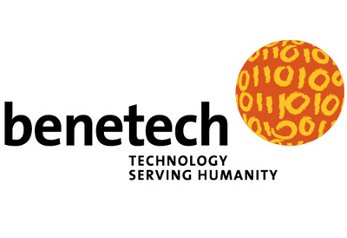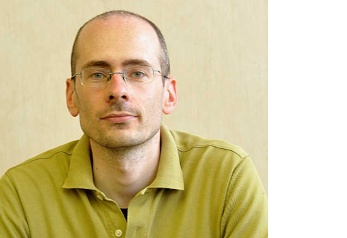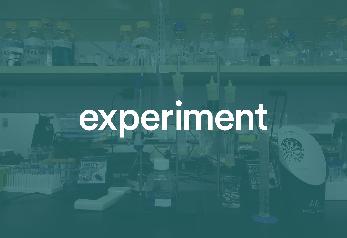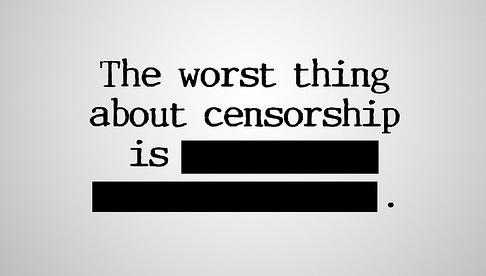Patrick Meier (PhD) is a leader in the application of new technologies for early warning and humanitarian response. He presently serves as the Director of Social Innovation at QCRI where he develops Next Generation Humanitarian Technologies using social computing, big data analytics, artificial intelligence and machine learning. Prior to QCRI, Patrick co-founded and co-directed the Harvard Humanitarian Initiative’s Program on Crisis Mapping & Early Warning and served as Director of Crisis Mapping at Ushahidi.
Why Social Innovation?
International humanitarian and development organizations around the globe are facing overwhelming challenges and an increasingly complex, rapidly changing world. Over 2.5 million individuals were affected by disasters in 2010 alone. Since then, the number of new mobile phone subscriptions has increased by well over one billion. This means that disaster-affected communities today are increasingly likely to be digital communities as well—that is, the source of Big Data. Over 20 million tweets and half-a-million Instagram pictures were posted during Hurricane Sandy, for example. In Japan, Twitter users posted more than 177 million disaster-related tweets the day after the 2011 Earthquake—that’s 2,000 tweets per second. What’s more, over half-a-million new Twitter accounts were also created that same day. Filipinos send 2 billion SMS’s a day. Welcome to the rise of Big (Crisis) Data. To meet this challenge, QCRI’s Social Innovation strategy is dedicated to developing the next generation of humanitarian technologies. The international development community is also facing serious challenges. Annual socio-economic statistics are out of date the moment they are published. Quarterly or even monthly statistics are rarely any better. This means that major development projects implemented throughout the world are based on obsolete data. At the same time, large development organizations are opening up major datasets with the aim of creating more transparency and accountability in their sector. However, these organizations along with their Member States are facing mountains of enormous datasets that vary in quality. Open data does not automatically mean useable development data. QCRI’s Social Innovation Program currently focuses on three applied research tracks: 1) Humanitarian; 2) Development and 3) Resilience. “As an institute for advanced computing research, development and prototyping, our comparative advantage lies in Data Science, Big Data Analytics, Social Computing, Machine Learning, Computational Social Science, Machine Translation and Arabic Language Technologies. We thus approach problems through the lens of Crowd Computing (crowdsourcing, microtasking, etc) and Machine Computing (natural language processing, machine learning, etc). The purpose of our Social Innovation Strategy is to apply our world-class expertise to address and positively impact major humanitarian and development challenges around the world. We do this through extensive series of direct consultations with humanitarian and development organizations during which we jointly identify the most pressing challenges they are facing. This process is critical and takes time; it is not rushed. A careful approach to identifying, scoping and defining the applied research agenda is imperative. The process is one of co-creation. With the agenda jointly defined, QCRI forms a dedicated Solution Team for the given project, selecting advanced computing experts from across our research groups including Big Data Analytics, Social Computing and Arabic Language technologies. The Solution Team carries out the applied research & development (R&D) and prototyping through a series of well-defined phases. The first phase of our social innovation process seeks to answer the research questions jointly formulated with our humanitarian or development partners. The findings from this phase serve as a proof of concept and thus inform the second phase of our work–namely the development of a prototype. The third phase entails the piloting of this prototype by our partners. The results are then used to develop more robust and targeted platform; this completes phase four. The fifth and final phase involves the spin-off and scaling of the platform through strategic partnerships. All prototypes and platforms developed for Social Innovation purposes are free and open source.” Crisis Mapper

